We typically think of communication in term of the words we use; the verbal communication we take part in. However, there is powerful communication happening at a much deeper level. This is the communication that takes place between nervous systems. One of the leading researchers on this topic is Dr. Stephen Porges, originator of Polyvagal Theory.
Think of the last time you were in an argument with your partner. Can you remember how fast your heart was beating? Was the hair standing up on the back of your neck? Did you have trouble swallowing? Were your palms sweaty? We often don’t notice what’s happening in our bodies because we’re used to intellectualizing our emotions — that is, developing arguments, complaints, and assessments. But listening to our nervous systems, and learning how to soothe ourselves and our partner, can bring about a deeper connection, a sense of safety. Not to mention lead to much more productive arguing.
The “fight-or-flight” mode, sometimes called “primal panic”, is hardwired into our nervous systems. This powerful system was developed thousands of years ago as a survival strategy in order to to detect threats in the environment. When activated, this survival-based system will always win out over rational, higher-order thought. If a bear was attacking you, it would take too long for your nervous system to send the message all the way up to your prefrontal cortex so that you could have a conscious thought: “I am in danger. I need to run away.” Instead, your nervous system would take over and your body would react without you making the call.
Something similar happens to our nervous systems when we feel threatened by those we depend on for love and safety. Our amygdala (often referred to as the brain’s alarm system) sends out warning signals when we perceive our partner might physically or emotionally hurt/abandon us. Here is where the difficulty often lies — even if intellectually and rationally we know we are not truly in danger, our bodies react anyways. We become anxious and might experience muscle tension, shortness of breath, or a rapid heartbeat. Our bodies are telling us that danger is near and we need to protect ourselves.
Knowing this information can help us to understand the difference between a productive argument and a harmful fight. We must monitor our own bodies first in order to have the power to understand when either bodies might be slipping into “fight or flight” mode. When either or both people are experiencing a threat, the first order of business is coregluation. No problem will be solved under threatening conditions.
Here are some options for coregulation:
1) Hug for 20 seconds. Research shows that our bodies release the most oxytocin (the bonding hormone) after hugging for approximately 20 seconds. The release of oxytocin has been shown to lower your blood pressure, slow your heart rate, and improve your mood. Gentle, soothing touch sends the nervous system messages of safety and connection.
2) Give a brief massage: soothing touch sends the message to our nervous systems that we are safe and cared for. These types of messages will gradually ease the nervous system out of “primal panic” mode.
3) Start speaking slowly and softly during escalated moments. The nervous system will detect this shift which will gradually send a message that the threat has passed.
4) Soften your expression. The nervous system is primed for detecting threats based on the expression on a face. Consciously relax your face. This will send messages to the other nervous system that it is okay to relax and calm down.
5) Maintain consistent eye contact. This simple practice sends the nervous system messages of safety and connection.
Learn more:
Beginners Guide to Polyvagal Theory
Grewen KM, Anderson BJ, Girdler SS, Light KC. Warm partner contact is related to lower cardiovascular reactivity. Behav Med. 2003;29(3):123-130. doi:10.1080/08964280309596065
Grewen KM, Girdler SS, Light KC. Relationship quality: effects on ambulatory blood pressure and negative affect in a biracial sample of men and women. Blood Press Monit. 2005;10(3):117-124. doi:10.1097/00126097-200506000-00002

